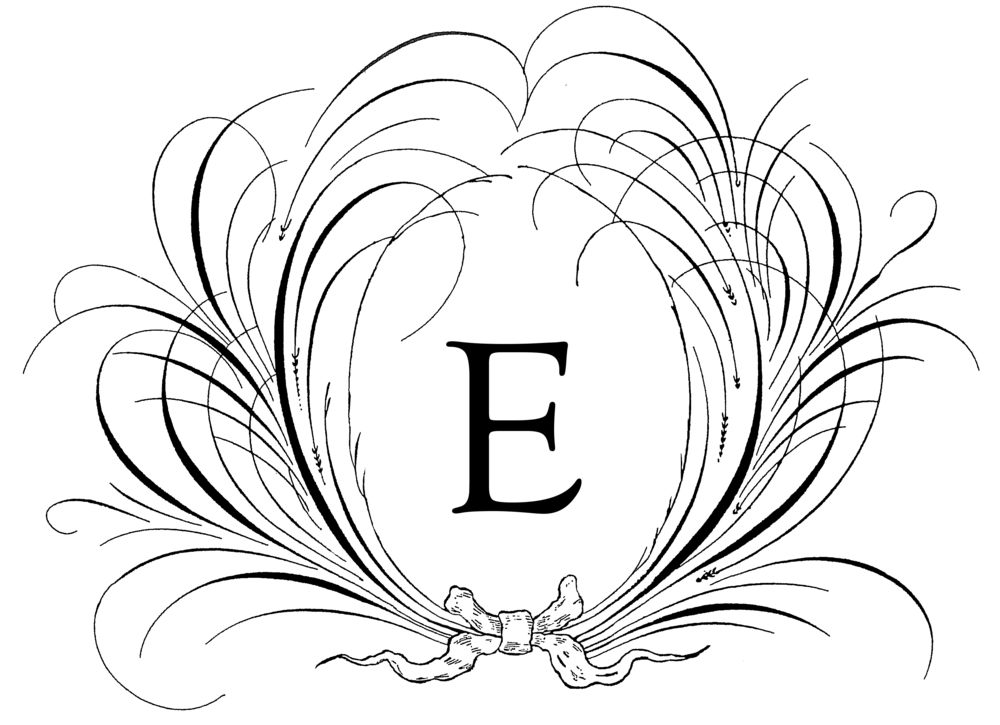Machine embroidering a garment is so much fun. You get the pleasure of both embroidering it and wearing it. Many of us just embroider to enhance premade garments, but on those special garments, we even break down and create the whole garment. We do not get to do as much embroidering, but for some of us, garment construction is as much fun (well…almost).
Personally, I get extra enjoyment when I am embroidering for my family. My college daughter asked me to embroider her a Mexican flower peasant blouse, but after purchasing several patterns and fabrics, we settled on a tunic design.
She chose Simplicity 4149 with the cap sleeves from Simplicity 1461. The fabric is a handkerchief weight cotton from Spechler-Vogel. Choosing the embroidery design was the easiest part. I just loved Embroidery Online's Flores de Mexico. It looks and sounds so authentic. Their color combination that they chose to stitch out is just beautiful with a rich turquoise. My daughter chose a bright and neon combination from Floriani that just pops and screams, "Young."
It took me a little while before I had to courage to tackle this project as my daughter is a great machine embroider and I knew she would not be happy if the placement was not just right, but I also knew that if anyone would appreciate it, it would be her.
The best strategy that I decided was to prep the fabric with all the necessary markings. When I purchased the fabric I did not have the foresight to buy extra since I knew it did not have a nap or a design. Next time I would definitely buy an extra half yard so I could put it in the hoop comfortably. Since I was right up to the edge on everything, I decided that I did not have any room for mistakes and would embroider with that mind set.
All the other pieces were cut out and I left the front of the pattern uncut. I traced the front pattern with a blue chalk onto the fabric. I knew that after multiple hoping that the chalk lines would not remain and I was not sure if they would be visible to the sewing machine's camera, so I decided to baste the chalk lines with a red cotton thread.
The seam allowance on the neckline was very important, as well as, the center front line and the placement for the front placket.
In hindsight I needed the sleeve seam allowance also, so I wound up drawing them in when I was at that point.
For me the biggest decision was what stabilizer to use. My daughter kept insisting that she wanted a wash away, but my I did not feel comfortable doing that with such a lightweight fabric combined with a heavy design. That was not a good mix in the first place. I practiced with a wash away and was not happy with it. She loves the convenience of the tear away, but I went against all her wishes and used the "No Show Mesh Nylon Cutaway Fusible Stabilizer" by Floriani. Of course, I was a smart mom and did not tell her what I used until she said she loved it.
The stabilizer was applied to cover the entire area that was going to be embroidered, including the area where it would need to be hooped, but the fabric would not be in the hoop. Here is where I would have loved to have had those extra inches of fabric, but since the fabric was so thin, it would hoop so evenly and tightly that it would not even make a difference.
My daughter loved the placement of the Embroidery Online tunic, so I tried to duplicate it as much as possible. After close examination, we determined that the main bottom center design was actually two designs stitched on top of each other.
The camera and snowman feature of my Babylock Ellisimo Gold were lifesavers. Even in the placement of the first design I used the snowman first, then the camera, to make sure the placement was exactly matched up with all my stitching lines. Thankfully, it was right where I wanted it. I stitched the first design and then used the camera to find the placement of the second design. Presto! Right on the mark again. I cannot imagine having embroidered this project without that scanning feature.
Most everything fit exactly as I had imagined it, with the exception of the sleeve area. The very end of the scroll goes into the seam allowance, but that was adjusted when I sewed by taking it just right to the edge of the scroll and right there is the best part about constructing your own garments instead of purchasing them to embellish.
Which do you prefer to embroider on - ready-made garments or constructing your own garments?



















